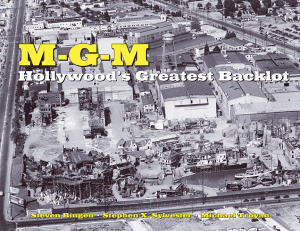Lauren Bacall, whose seven-decade career made her one of the greatest stars in Hollywood history, died this evening in her New York home a month shy of her 90th birthday.
Born Betty Joan Perske on September 16 (a birthday we both shared) 1924, she set out to become a dancer before turning her sights to acting and attending the American Academy of the Dramatic Arts after her graduation from high school. While appearing in the occasional off-Broadway production she began modeling and, at age 19, caught the eye of film director Howard Hawks’ wife, who saw her on the cover of a magazine and suggested she be given a screen test. So impressive was her test that she was cast opposite Humphrey Bogart in the film “To Have and Have Not.” It was in this film that she introduced one of the most quoted lines in film history when she said “You know how to whistle, don’t you? You just put your lips together and…blow.” Despite their 25 year age difference, the two fell in love and were married a year later. The marriage would last until Bogart’s death in 1957.
She continued to co-star with Bogart in such classic films as “The Big Sleep,” “Dark Passage” and “Key Largo.” In 1953 she tried her hand at comedy, co-starring with Marilyn Monroe and Betty Grable in “How to Marry a Millionaire.” She spent the next decade or so alternating between film and television before heading to Broadway, appearing in the musical “Applause,” for which she won the Tony Award as Best Actress.
In 1973 she reprised her role in the television production of “Applause” and then returned to the big screen as part of the all-star cast of “Murder on the Orient Express.” She also starred opposite John Wayne in his last film, 1976’s “The Shootist.” In 1980 she appeared in the Robert Altman film “HealtH.” This movie was filmed in St. Petersburg Beach, Florida and I can remember some friends and I trying to sneak our way into the Don Cesar Hotel, where the film was shot, in the hopes of meeting Ms. Bacall, who my friend Scott Gilbert had a major school boy crush on. We were not successful.
She continued to work at her leisure, appearing in such films as “The Fan,” “Misery,” “Pret-a-Porter” and “The Mirror Has Two Faces,” for which she received her first and only Academy Award nomination, as Best Supporting Actress. Though she did receive the Golden Globe for her performance, the Oscar went instead to Juliette Binoche. . As the 21st Century loomed she began contributing her voice to various animated projects, including “Madeline: Lost in Paris,” “Howl’s Moving Castle” and was actually heard earlier this year in an episode of “Family Guy.”
In 2010 she received an honorary Academy Award in recognition of her central place in the Golden Age of motion pictures.


